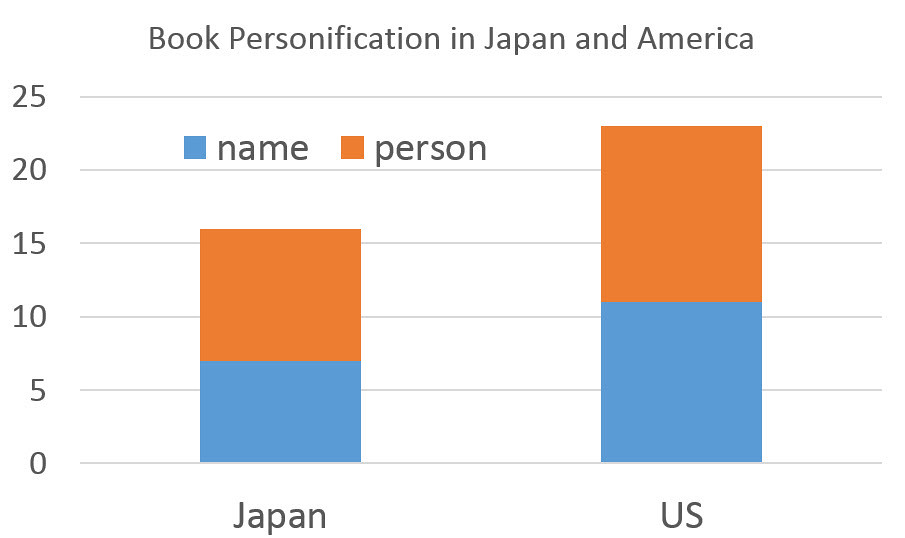Wednesday, November 09, 2016
Origin of the Kit Kat®

The origin of the Rowntree's now Nestle's Kit Kat® is believed to be in an early 18th century English gentlemen's club called the "Kit Cat Club", after its proprietor Mr. Christopher Catt who provided sustenance -- Kit Cats -- which where given an abbreviation of his name.
Here above the members can be shown performing the traditional toasting or roasting of a young girl, Lady Mary Pierrepont, who is being made to stand on a chair, with their Kit Kats, which were made available only to the male clientèle.
Lady Mary Pierrepont, later Lady Mary Wortley Montagu, understandably, grew up to be a women's rights activist who introduced small pox vaccinations into the UK. She travelled to the orient which she wrote about with praise. She penned "Letters from Turkey" and "Woman not Inferior to Man."
The Kit Kat Club was located at one time in Hampstead where the Kit Kat House stands to this day (photo). Since I think Japanese travel to famous named places, often associated with origins, I think that Kit Kat House is a potential Japanese tourist destination, especially if there were speciality flavour Kit Kats (of which the Japanese have many, including sweet potato flavour) were on sale.
Kit Kat's are popular in Japan since they do not have as many calories as pure chocolate bars and because their name puns on the Japanese words for definitely win, (kitto katsu) and so are given to high school students taking Japanese university entrance examination as sustenance and a good luck charm. But, little do they know the origin of the Kit Kat.
Altered image originally by Charles Green is believed to be in the public domain.
Wednesday, November 02, 2016
Book Personification in Japan and America

Book Personification in Japan and America
Marius Brill, an author who was in my class at primary school wrote "Making Love: A Conspiracy Of The Heart" about a book that is alive and speaks. I read it and thought that, at the very least, the idea of a living book about love was excellent. Bearing in mind that Westerners tend to have a "narrative self" (Bruner, Hermans and Kempen, Gottshcall, Denett and many others) believe themselves to be "the hero of their own self narrative" (Nisbett, in conversation) and come from a religious tradition in which "the Word was made flesh and dwelt amongst us", and that our lives are recorded in the book of Saint Peter, the personification of books is not without precedent. In Japan however, I argue the self is that which is portrayed by a mental manga, movie, or animation, centring upon the face or mask (Watsuji), the main God is a mirror made heart, and the Japanese version of St. Peter (Lord Enma) keeps only the names of the dead in his book; their lives recorded on a DVD-like mirror, and masks and statues are more often personified or animated. To test the hypothesis that Westerners would be more likely likely to personify books than Japanese I googled "top 100 English novels" choosing the top of the list and counted the number of books with then name of an individual (such as the first two on the list Ulysses and "The Great Gatsby) and people (such as "Sons and Lovers") and similar such titles in a list of 100 Japanese novels to find that yes, there are more personified Books in the Western tradition. There are quite a lot of personified novels in Japan too such as Bocchan, and the Dancer from Izu resulting in a non significant trend (Chi Squared p <.1).
Marius Brill, an author who was in my class at primary school wrote "Making Love: A Conspiracy Of The Heart" about a book that is alive and speaks. I read it and thought that, at the very least, the idea of a living book about love was excellent. Bearing in mind that Westerners tend to have a "narrative self" (Bruner, Hermans and Kempen, Gottshcall, Denett and many others) believe themselves to be "the hero of their own self narrative" (Nisbett, in conversation) and come from a religious tradition in which "the Word was made flesh and dwelt amongst us", and that our lives are recorded in the book of Saint Peter, the personification of books is not without precedent. In Japan however, I argue the self is that which is portrayed by a mental manga, movie, or animation, centring upon the face or mask (Watsuji), the main God is a mirror made heart, and the Japanese version of St. Peter (Lord Enma) keeps only the names of the dead in his book; their lives recorded on a DVD-like mirror, and masks and statues are more often personified or animated. To test the hypothesis that Westerners would be more likely likely to personify books than Japanese I googled "top 100 English novels" choosing the top of the list and counted the number of books with then name of an individual (such as the first two on the list Ulysses and "The Great Gatsby) and people (such as "Sons and Lovers") and similar such titles in a list of 100 Japanese novels to find that yes, there are more personified Books in the Western tradition. There are quite a lot of personified novels in Japan too such as Bocchan, and the Dancer from Izu resulting in a non significant trend (Chi Squared p <.1).
Labels: blogger, japanese culture, japaneseculture, nihonbunka, 日本文化
This blog represents the opinions of the author, Timothy Takemoto, and not the opinions of his employer.
